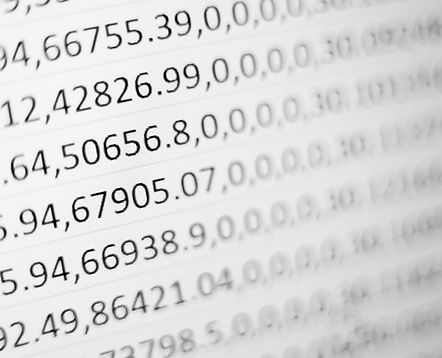Utilizing
Analytical Techniques

My Vision
I don’t just work with data — I listen to it.
Every dataset holds a rhythm, a pattern, a pulse. Beneath the numbers are stories — of people, systems, moments in motion — waiting to be understood. My vision is to translate that quiet complexity into clarity, to uncover what’s hidden and reveal what’s possible.
I approach analysis like an alchemist: blending logic with curiosity, precision with empathy, structure with soul. I believe insight isn’t just about what you find — it’s about how you feel the weight and meaning of those findings. It’s about asking better questions, honoring context, and creating impact that’s not just measurable, but meaningful.
To me, data is a language. And I’m here to speak it fluently — with purpose, with heart, and with vision.
My Approach
I approach data with a balance of structure, sensitivity, and storytelling. Each step in my process is a blend of analytical precision and intuitive thinking — designed to translate both qualitative and quantitative insights into clarity and action.
🧼 1. Data Cleaning — Respecting the Raw
Before anything else, I clean and prepare the data with care. I believe clean data is trustworthy data — and that means checking for inconsistencies, handling missing values, and ensuring accuracy from the ground up. This isn’t just technical maintenance; it’s a foundational step that honors the integrity of both qualitative context and quantitative truth.
🔄 2. Data Manipulation — Shaping with Intention
Using tools like Python (Pandas), SQL, and Excel, I transform and structure data to align with the real questions being asked. Whether I’m filtering numeric trends or restructuring textual feedback, I tailor my approach to the type of data at hand — blending logic with purpose to reveal patterns, outliers, and opportunities.
📊 3. Statistical Analysis — Seeking Meaning, Not Just Metrics
My analysis goes beyond surface-level summaries. I apply both quantitative methods (like descriptive stats, regressions, and hypothesis testing) and qualitative exploration (like theme identification or categorical patterning) to understand the full story. I ask not just what is happening, but why — always considering the human and systemic factors behind the data.
📈 4. Data Visualization & Storytelling — Letting the Data Speak
I believe data becomes most powerful when it’s seen, felt, and understood. With tools like Tableau and Power BI, I create visuals and dashboards that turn complexity into clarity — whether highlighting numeric trends or weaving together insights from open-ended responses. For me, storytelling is where analysis becomes alive — where data connects to people and purpose.
Analytical Methods
Data Cleaning
The essential step of transforming messy, unreliable data into a clear foundation—so every insight begins in truth.

Data Manipulation
Restructuring and reshaping data with intention, revealing patterns that were hidden just beneath the noise.

Data Storytelling
Where analytical insight meets narrative flow—translating complex data into stories and visualizations that resonate and inspire action.

Actionable Insights
Meaningful discoveries drawn from data—clear enough to trust, sharp enough to guide real-world decisions.

